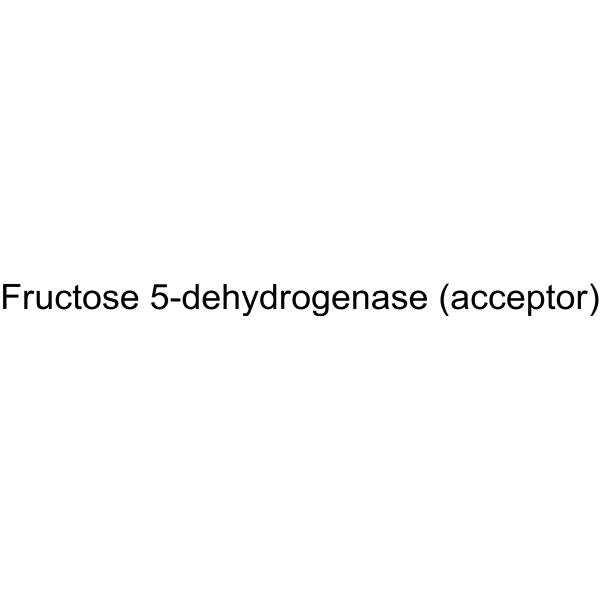A lactulose sensor based on coupled enzyme reactions with a ring electrode fabricated from tetrathiafulvalen-tetracyanoquinodimetane.
Y Sekine, E A Hall, Yoshiie Sekine, Elizabeth A.H. Hall
Index: Biosens. Bioelectron. 13(9) , 995-1005, (1998)
Full Text: HTML
Abstract
A dual enzyme electrode is explored for measuring lactulose in milk. A ring electrode (diameter = 3 mm; ring width = 10-20 microns) is proposed onto which tetrathiafulvalen-tetracyanoquinodimetane (TTF-TCNQ) salt was physically packed. The electrode is a band electrode with dimensions approaching those for micro electrodes, so that the improved faradaic current/charging current ratio lead to improved detection limits. Fructose dehydrogenase (FDH) and beta-galactosidase (beta-gal) were immobilized by covering the electrode surface with a dialysis membrane. Lactulose was hydrolyzed to D-fructose and D-galactose by beta-gal. The hydrolyzed D-fructose was oxidized by FDH which was simultaneously reduced to the reduced form (FDH-PQQH2). The FDH-PQQH2 was directly reoxidized by TTF-TCNQ on the ring electrode, whose current was monitored at 200 mV vs Ag/AgCl. The detection limit of the lactulose sensor was 1.0 microM and the selectivity for lactulose was at least 1000 times higher than that for lactose. Pasteurized, UHT and sterilized milks were applied to the lactulose sensor, showing good accuracy and precision and, furthermore, good correlation to a reference photometric method, even though no rigorous procedure for the electrode fabrication has presently been addressed.
Related Compounds
| Structure | Name/CAS No. | Molecular Formula | Articles |
|---|---|---|---|
 |
D-Fructose Dehydrogenase
CAS:37250-85-4 |
|
Amperometric fructose sensor based on ferrocyanide modified ...
2012-01-15 [Talanta 88 , 432-438, (2012)] |
|
Determination of seminal fructose using D-fructose dehydroge...
1985-10-15 [Clin. Chim. Acta 151(3) , 307-10, (1985)] |
|
Modified gold surfaces by poly(amidoamine) dendrimers and fr...
2011-12-15 [Talanta 87 , 67-73, (2011)] |
|
Coupled enzymatic assay for the determination of sucrose.
1997-01-01 [Anal. Biochem. 244(1) , 103-9, (1997)] |
|
Direct spectrophotometric determination of serum fructose in...
2009-08-01 [Pancreas 38(6) , 706-12, (2009)] |